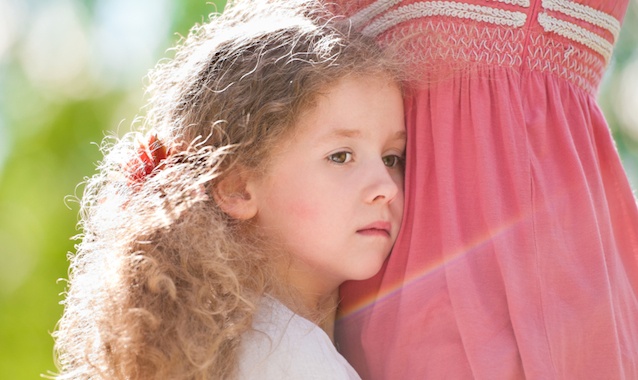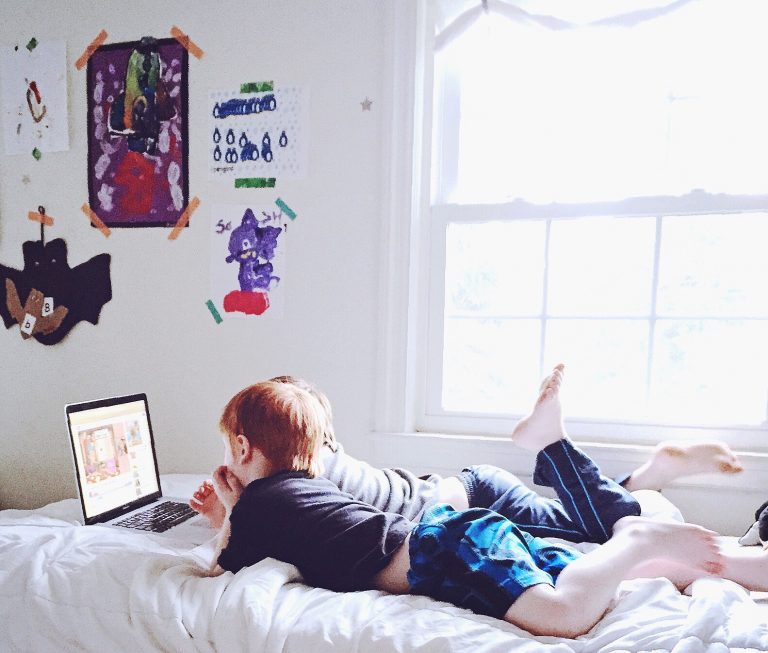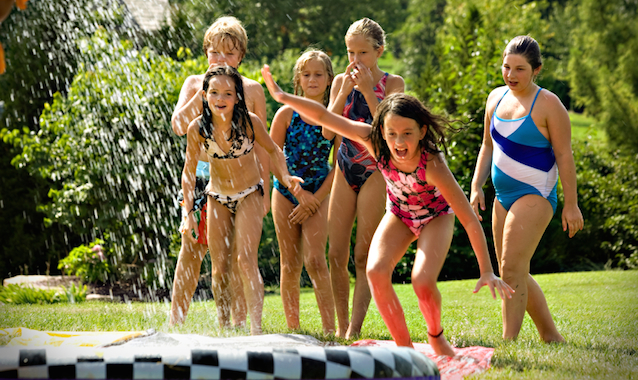The Overprotected Kid: A Summary That Needs a Discussion
May 13, 2014
This weekend I read an amazing article from The Atlantic titled The Overprotected Kid. The author, Hanna Rosin does a great job of synthesizing all types of information regarding kids’ play into a cohesive argument. In it, she spoke to what I already believed – but also challenged many of my assumptions. I highly recommend you read the article, but for the sake of conversation I will summarize.
Rosin begins by describing a play area in North Wales dubbed “The Land.” It includes what would be considered junk by most: a plastic boat, piles of tires, a radio, beat up chairs, a stack of mattresses, wooden pallets, a frayed rope swing, and even a donated walker. An acre contains all of this along with trees, dirt hills, and a creek. Kids are encouraged to play in whichever way they dream up: rolling tires, attempting to swing across the creek, even starting a fire. A trained play worker keeps an eye on the situation but rarely intervenes. Parents are nowhere to be seen.
These types of playgrounds were popular in the 1940’s. “They were in tune with the cultural expectations of London in the aftermath of World War II. Children who might grow up to fight wars were not shielded from danger; they were expected to meet it with assertiveness and even bravado … If a ten-year old lit a fire at an American playground, someone would call the police and the kid would be taken for counseling.”
Rosin continues this thought by comparing the childhood norms in the 70’s, kids out playing until dinner time on school nights and all day on Saturdays, to the more supervised norms of our current time. “Actions that would have been considered paranoid in the 70’s – walking third graders to school, forbidding your kid to play ball in the street, going down the slide with your child in your lap – are now routine. In fact they are markers of good, responsible parenting.”
Why is that? The predominant perception is that things are more dangerous for kids in these days. Statics, however, show that this is not the case. “The final irony is that our close attention to safety has not in fact made a tremendous difference in the number of accidents children have.” Rosin gives us numerous statistics that back her claim as well as points to a few high profile cases that turned public assumptions.
She points to several experts, studies, and books that identify the negative consequences of our kids losing the child-driven, independent, exploratory play of the past. One of the studies Rosin cites is a paper, Children’s Risky Play From an Evolutionary Perspective: The Anti-Phobic Effects of Thrilling Experiences, by early-childhood education professor, Ellen Sandsetter. “Children, she concluded, have a sensory need to taste danger and excitement; this doesn’t mean that what they do has to actually be dangerous, only that they feel they are taking a great risk. That scares them, but then they overcome the fear … Children are born with the instinct to take risks in play, because historically, learning to negotiate risk has been crucial to survival … Even today, growing up is a process of managing fears and learning to arrive at sound decisions. By engaging in risky play, children are effectively subjecting themselves to a form of exposure therapy, in which they force themselves to do the thing they’re afraid of in order to overcome their fear. But if they never go through that process, the fear can turn into a phobia. Paradoxically, Sandsetter writes, ‘our fear of children being harmed,’ mostly in minor ways, ‘may result in more fearful children and increased levels of psychopathology.’”
From my own experiences, I feel instinctively that these conclusions are correct. No one has followed my kids or charted their activities, but I see the effect of my supervision. They always turn to me at the first moment of challenge or confusion. They ask me to come with them, even just out to the patio. If I encourage them to do something independently, they first need a script and outline of events. On the other hand, when we go to a park with friends and they know I won’t be following them and, frankly, my attention will be hard to come by, my kids and their crew create entire worlds without input from me.
I’ll say it again. I cannot do this author’s work justice. Challenge yourself. Invest the time. Read the article. Rosin says at one point, “Failure to supervise has become, in fact, synonymous with failure to parent.” That’s the crux, the sticking point. Within that climate, how do we give our children the space they need to face risk and make decisions independently? Or, to put it more simply, so where do we go from here?
No, really. I’m asking. What do you think?





